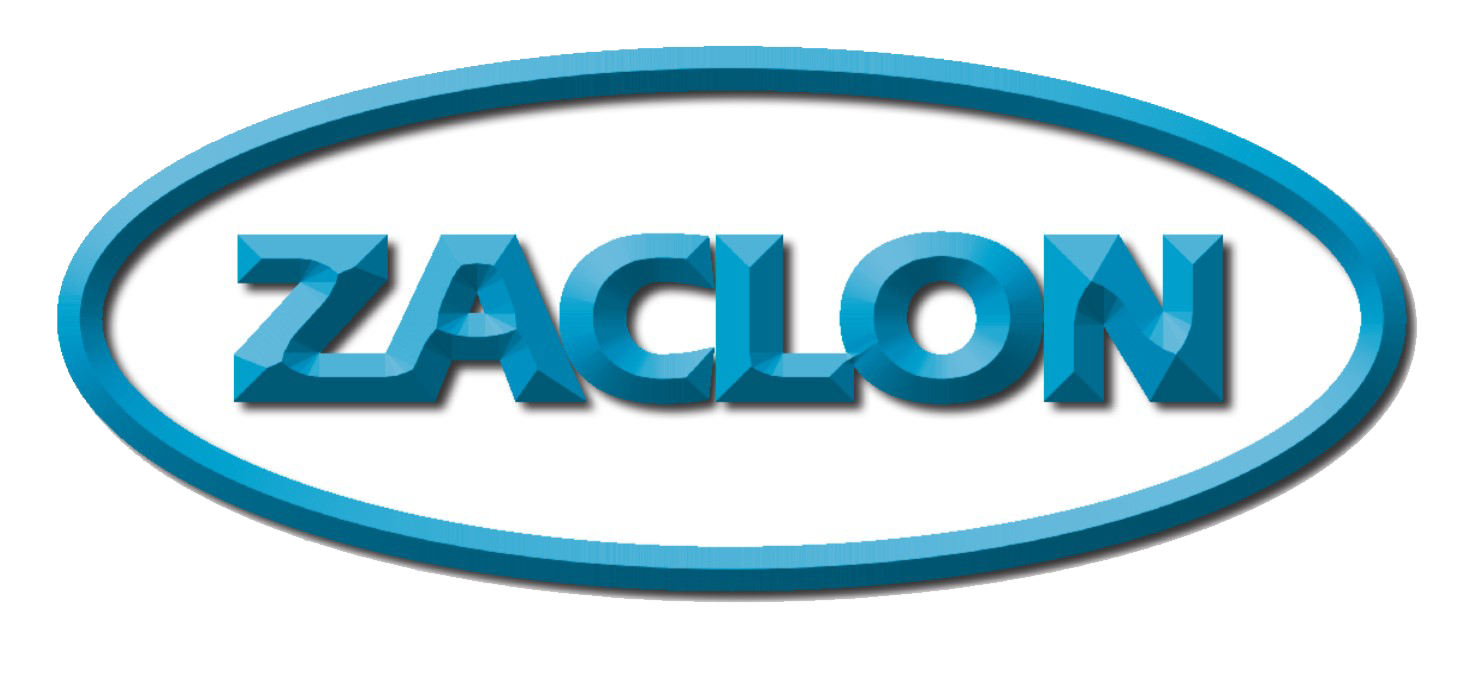Blog - Author: Bob Woods
Author: Bob Woods
Galvanizing 102
BLOG 2---Robert M. Woods 8/1/2020 Degreasing is an important step to ease creation of the galvanized coating your customer is paying you for. So what processes are available, and what are the general pros and cons of each? First, let us look at them broadly: Cleaning Type Mechanical Solvent Alkaline (Hot Caustic Alone, 165 F) Hydronet type acid degrease Acid-Pickle (without Hydronet D) Biological Wide Range
Galvanizing 101
From the Desk of Bob Woods: Galvanizing 101 Hot-Dip Galvanizing is the process of alloying iron and molten zinc to create a corrosion-resistant alloy coating. This coating protects steel or iron from rust, both as a barrier and with an electrochemical reaction. To get this alloying reaction to happen, though, the steel or iron surface has to be prepared; mostly, this means cleaning off the surface. The things that can be found on the work can include everything from fingerprints to cosmoline-type grease, light rust to heavy “scale”, and sometimes other coatings such as stencil, chalk, spray paints, etc. All of this has to come off. Most of the time, the grease and other “dirt” is removed with either a dip-tank full of a degreaser, often an acidic (such as Hydronet) or a caustic (such as sodium hydroxide boosted with SB Clean). The other common cleaning method is mechanical, such as a shot-blaster, grinder, or even a file. The choice of the type of cleaning is difficult, since almost every type of steel and iron can be galvanized; in some fabrications, you might see multiple types of steel, lubricants, paint, etc. The Hydronet acidic degreaser can handle a wide range, as can the SB Clean-boosted caustic; both are easily maintained with simple testing. Ultimately, the goal is to make it easier to go to the next step in the cleaning (removal of iron oxides, or “rust and scale”). More than ½ the time, a problem in the degreasing tank w


